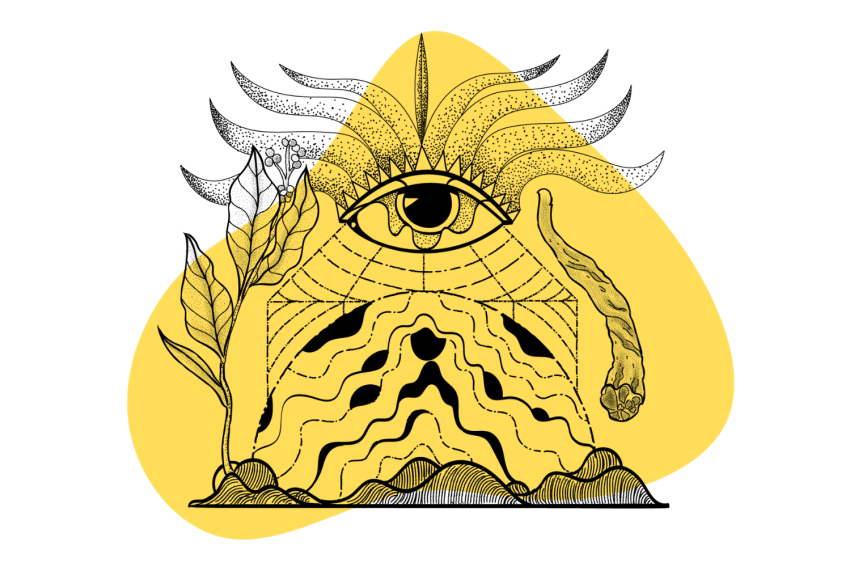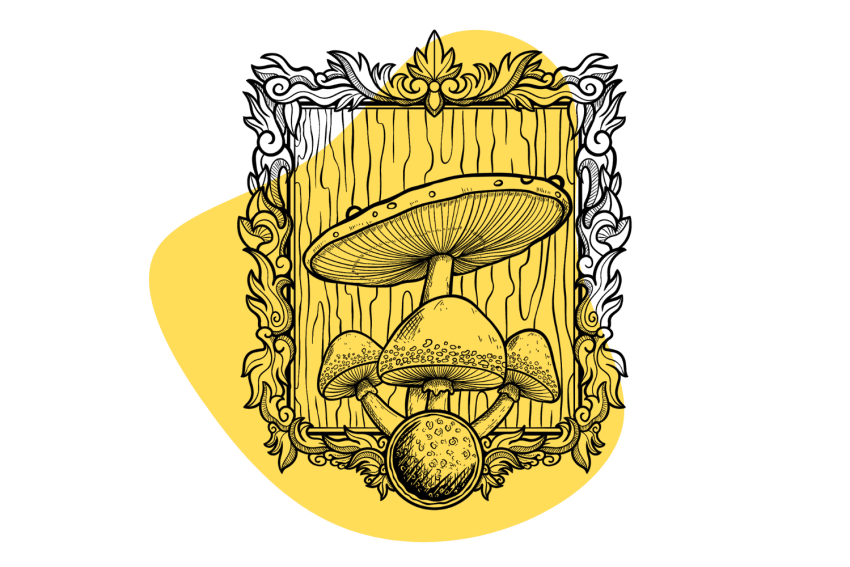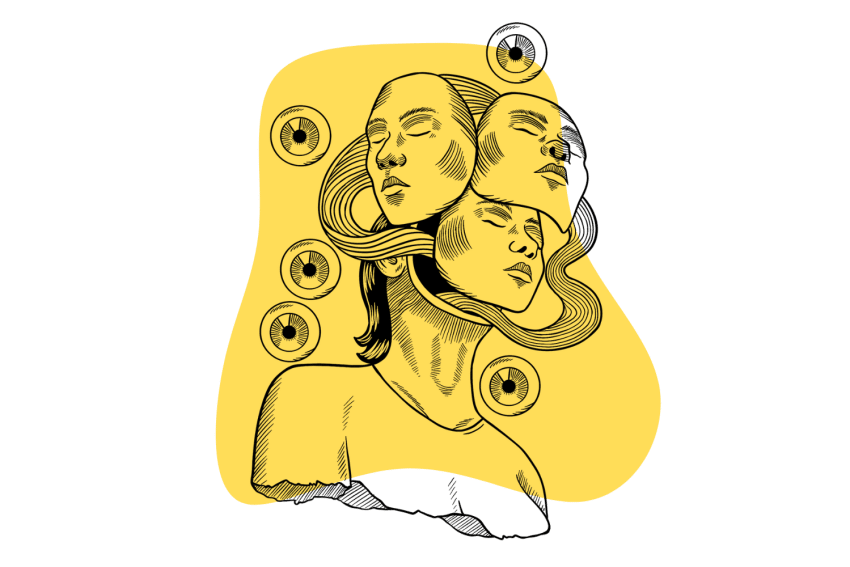What is Animism?
Animism is the belief that all plants, animals, and inanimate objects on Earth have a spiritual persona or essence.
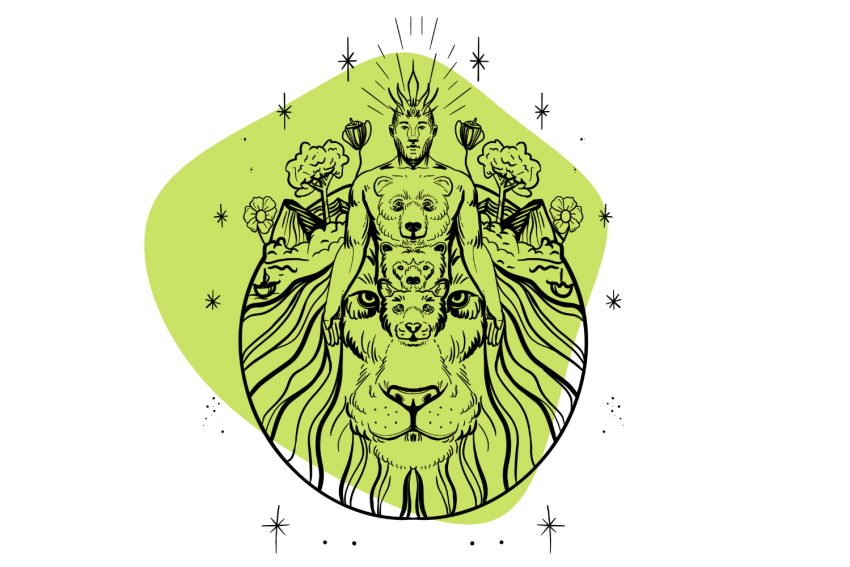
For most modern people, the concept of imagining a world without a tangible, rigid religion seems almost impossible.
However, millions of indigenous people worldwide don’t even have a word for “religion.” Instead, their practice of spirituality is rooted in everything around them, from geographic features and weather to the birds and the bees.
This concept spread all over the world and different from one community to the next, is loosely known as animism and might just be the oldest sort of religion in the world.
So what is animism, and what makes it different from all of the other spiritual belief systems throughout the world?
Defining Animism
At its core, animism is the fundamental belief that everything has a unique and distinct sort of spiritual essence.
This includes all living creatures, from humans and animals to plants and insects — but also more abstract things, like objects, places, and even geographical features.
To anyone who finds this concept strange, remember that animism is probably one of the oldest sorts of spirituality on the planet, far older than contemporary organized religions [1].

Before there were organized and centralized religions, humanity practiced this form of spirituality globally, each with its own unique twist and specific focus.
Complicating the matter is the fact that animism is one of those terms that we use in modern times to describe something that is unnamed and fundamentally inherent to many different cultures.
When scholars refer to animism [2], it’s usually in reference to the broader category of religions and spiritualities that exist in indigenous cultures, usually by way of comparing it with contemporary organized religions.
However, the people who practice animism would not view themselves as practicing any sort of religion or specific spirituality — it’s simply part of their inherent culture.
Complicating this is the fact that the broad definition of animism applies to a thousand or more different cultural practices, many of them lost to time or are as-of-yet still unstudied.
If you were to study native peoples in Mexico and observe their spiritual practices 1000 years ago, you would find them totally different from even the Potawatomi people that lived on the same continent.
However, their fundamental belief that the world around them has a “spirit” was shared, even if the way they acknowledged it or honored them was different.
There are all sorts of different traditions within the broad category of animism, each contributing to the myriad of distinct aspects of spiritualism around the world.
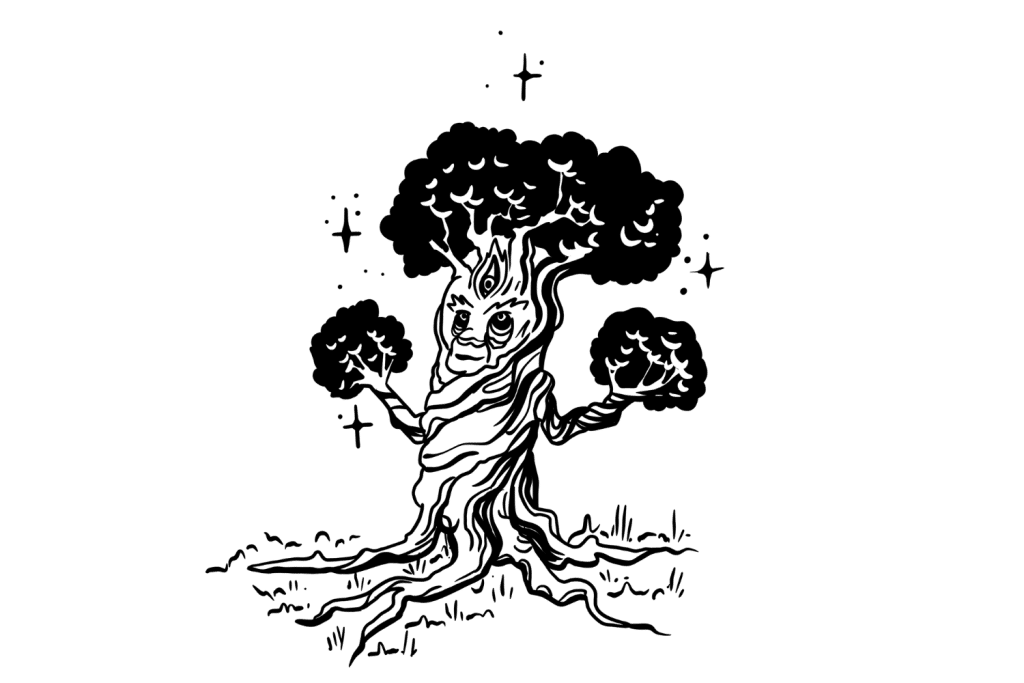
The Diverse Traditions Of Animism
When modern people think of animism, they tend to think of it in terms of ancient spiritual practices — images of sacrifice or worshiping trees and the like.
However, the unique aspect of animism is how distinct each different culture practices the same fundamental belief in the inherent spirituality of the world around them.
For example, the types of animism that indigenous peoples in North America practiced [3] tended to focus on the natural world’s collaborative spirit. Native peoples of the Pueblo regions, for example, believed that the pots that they made from clay had their own individual spirit and existed as a result of a compromise between the clay and the human that made them.
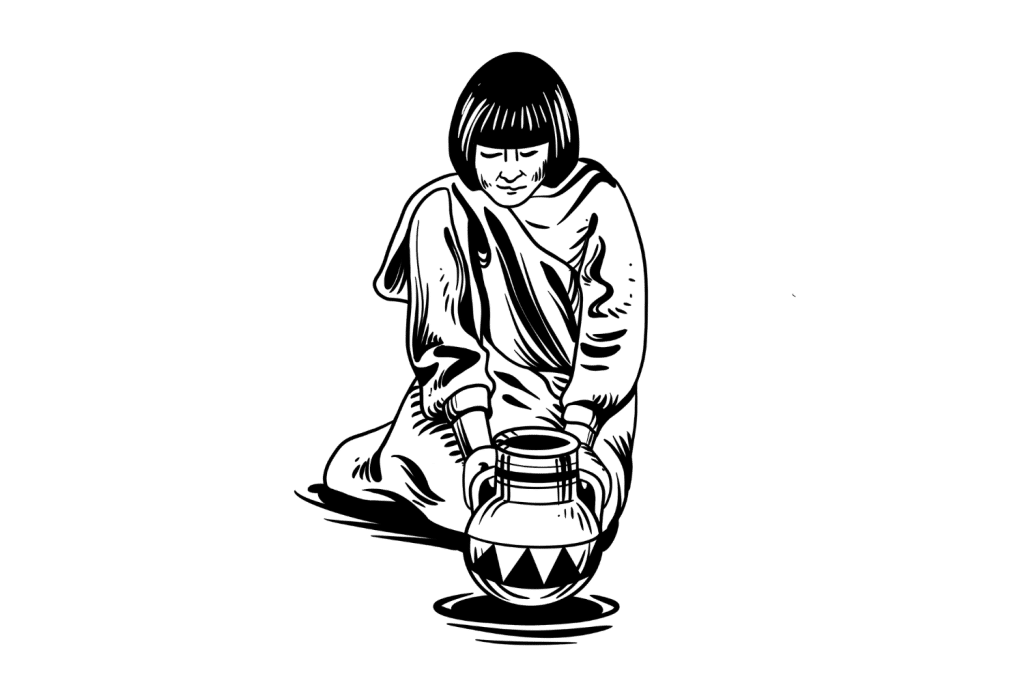
Contrast that with some forms of animism found in Asia, such as the Philippines [4], where a lot of their spiritual focus revolves around the worship of ancestors.
In many different Asian forms of animism, the deceased take on a sort of spiritual watchfulness over the living, and it is the responsibility of the living to pay homage to the dead to ensure that they continue to watch over their living family.
All of these different traditions all fundamentally acknowledge the same idea; that within all things, there exists a spirit that is akin to the consciousness within humanity. For many cultures that practice animism, these other spirits are just as valid and legitimate as the Christian idea of the soul.
Something that seems to exist throughout many different cultures that practiced animism is the use of potent psychedelics as part of their traditions. But what place do psychedelics actually have within animism?
Animism & Psychedelics
Most people think about psychedelics as being something that we use purely for enjoyment, something to relax and expand our minds and alter our state of consciousness.
However, psychedelics aren’t just something to enjoy for hundreds of different cultures but are a key component of their cultural practices and traditions and are often used not only ritualistically but also societally as part of everyday life.
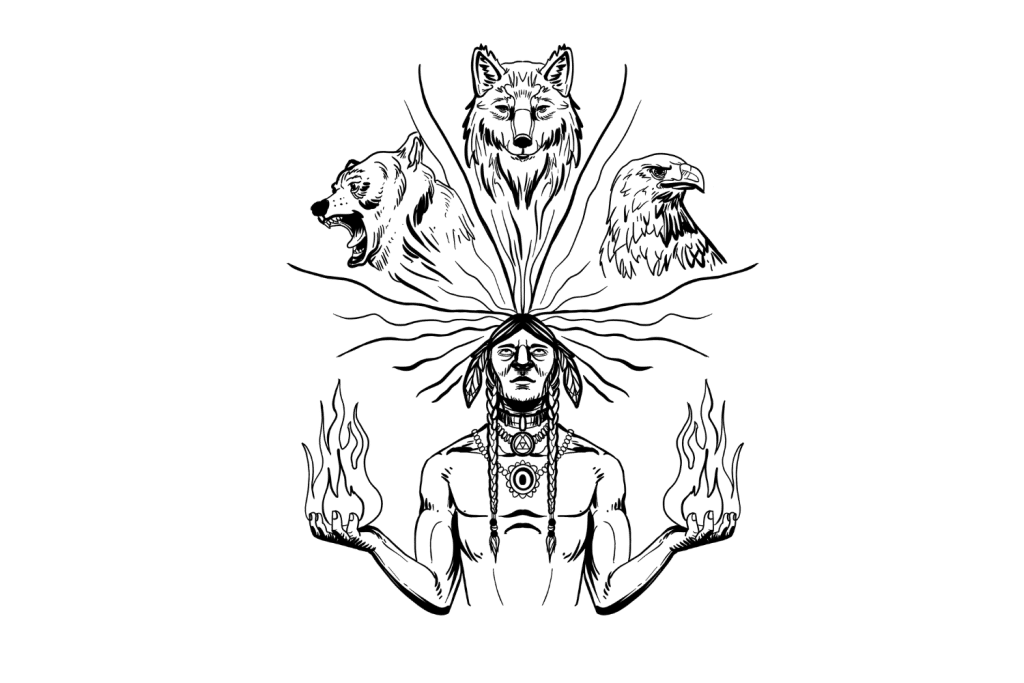
This is exemplified in the practice of shamanism [5], which is when a practitioner interacts with the spirit world and engages with the spirits in other things and creatures through a state of altered consciousness.
This state of altered consciousness is usually achieved by using psychedelics. This involves using all sorts of different psychoactive substances, from the well-known psilocybe mushrooms to the more region-specific peyote or San Pedro.
The use of these psychedelics is to achieve a state of consciousness wherein the individual is able to participate within their cultural traditions thanks to being able to perceive the world differently thanks to the visionary experiences these psychoactive compounds tend to create.
What is especially interesting about this use of psychedelics within animism is that there is good evidence that the use of psychedelics for creating visionary experiences isn’t just a cultural practice but might also be rooted in evolutionary psychology as well.
Psychedelics In Animism & Evolutionary Psychology
It’s always interesting when different cultures spread across the world on different continents practice or believe in the same ideas, even if they appear dissimilar.
People have practiced animism as a whole throughout humanity’s history, each culture doing it in its own way. Still, all of them share the same fundamental acknowledgment of the existence of a spirit in other things, both living and dead.
The use of psychedelics to practice shamanism is not shared universally among practitioners of animism but is still very widespread.
This might actually be to do with the way that psychedelics and humanity have evolved together throughout history.

The fundamental mechanics of psychedelics and the way that they affect the human brain [6] are still being studied and understood, but all of the different diverse psychedelics that are used in different shamanistic practices seem to all affect the brain the same way.
By interrupting the ordinary control mechanisms within the brain, the thalamic and other parts of the lower brain release stimulatory discharges that help to create a visual experience.
This experience is what is typically felt by psychedelic users, which helps to explain why so many different cultures’ traditions seem to utilize them so heavily.
This practice isn’t just something done centuries ago either; psychedelic use for shamanistic purposes, and indeed animism itself, is still practiced heavily in the modern day.
You just don’t often see it in normal life.
Animism In The Modern Day
Contemporary views of animism are typically focused on the rituals and the ancient traditions of Animistic peoples, and most modern people don’t even think of animism existing in the modern-day at all.
Animism, however, is still alive and well and is even a fundamental part of modern religions to this day.
The base concept of animism that all things have a spirit is something that is inherent in some way to almost all religions.
The Hindu faith, for example, has worship trees [7], trees that are central to local neighborhoods and exemplify different spirits, ideas, and even the surrounding nature itself. This is undoubtedly animism, even though it is only a component of the broader faith of Hinduism.
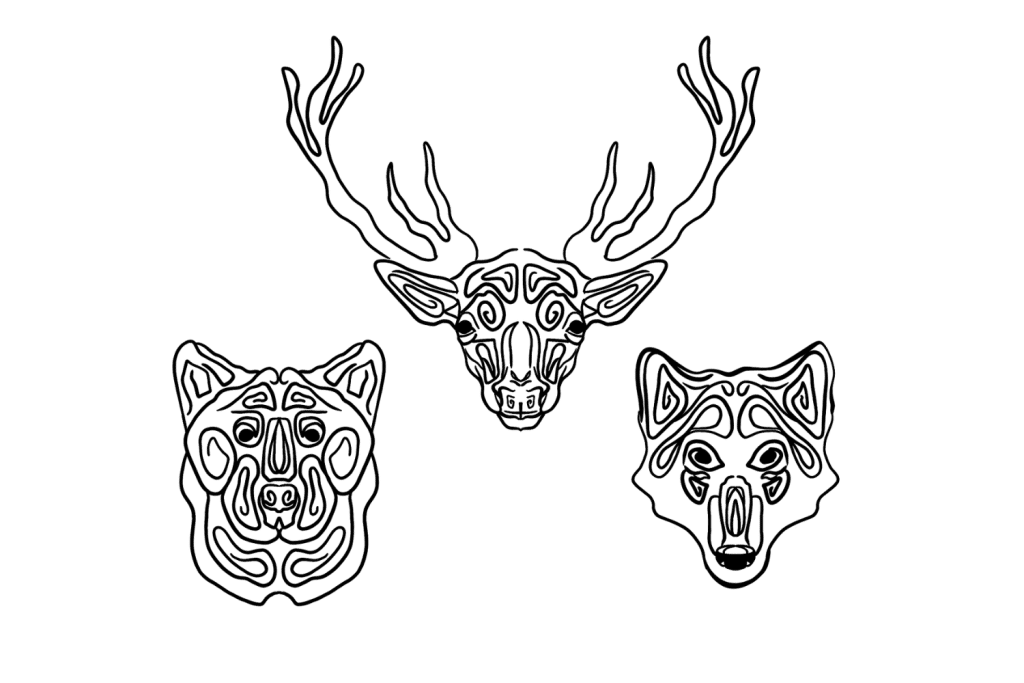
Other faiths, like Christianity, practice animism to some extent, too. The concept of the omnipresence of God, the three spirits, and the divine trinity are all examples of animism.
Animism is also still practiced in a more traditional capacity, including Shamanism and other traditions all over the world. Despite the proliferation of organized religion, there are still many bastions of traditional religious practices throughout the world.
In fact, you could even take part in one of the many different shamanistic rituals as a visitor in many places, participating in taking psychedelics not just as a tourist but as part of the ritual.
Animism might have a reputation as being an ancient, tribal practice, but in truth, it is just as prevalent as ever. It has just morphed and changed over the years and served as the foundation of countless other religions as well.
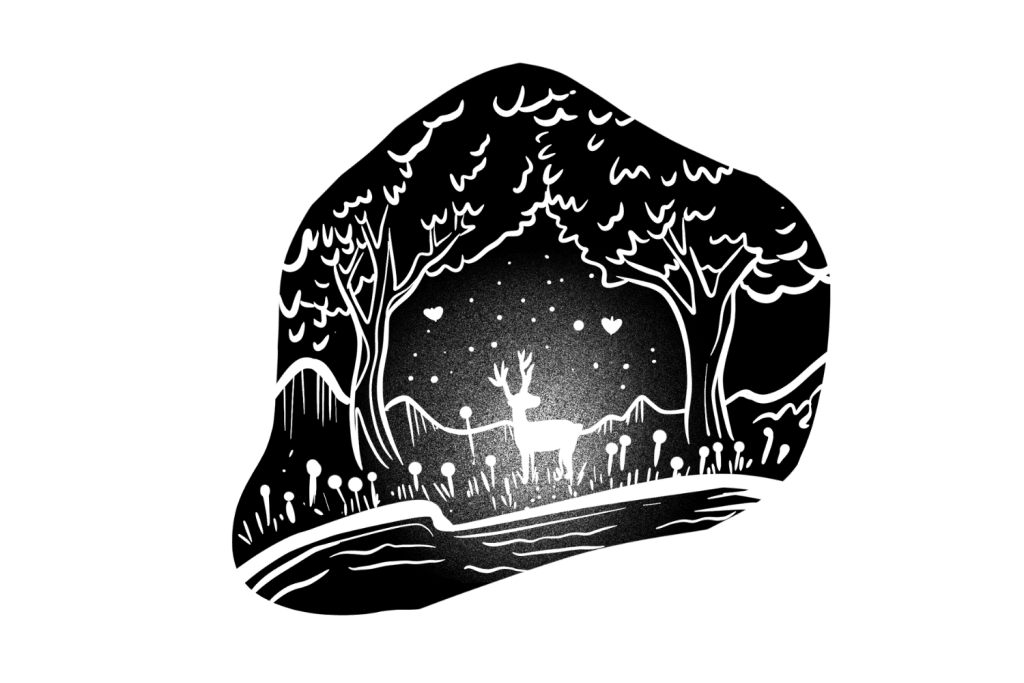
Key Takeaways: What is Animism?
Animism is the broad name given to the idea that all things, creatures, and places possess their own spirit. It is not a religion but instead a worldview and the basis of countless varieties of spiritualism around the world.
Animism is not only still practiced today but also features heavily in all sorts of modern religions, forming some of the most fundamental parts of their belief systems, predominantly within cultures in Asia such as in Hinduism and Shinto.
References
- Peoples, H. C., Duda, P., & Marlowe, F. W. (2016). Hunter-gatherers and the origins of religion. Human Nature, 27(3), 261-282.
- Bird-David, N. (1999). “Animism” revisited: personhood, environment, and relational epistemology. Current Anthropology, 40(S1), S67-S91.
- VanPool, C., & Newsome, E. (2012). The Spirit in the Material: A Case Study of Animism in the American Southwest. American Antiquity, 77(2), 243-262.
- Reid, A. (1998). Philippines – Barangay. Sixteenth-Century Philippine Culture and Society. By William Henry Scott. Quezon City: Ateneo de Manila University Press, 1994. Pp. ix, 306. Illustrations, Bibliography, Index. Journal of Southeast Asian Studies, 29(2), 454-455.
- Winkelman, M. J. (2021). The evolved psychology of psychedelic set and setting: Inferences regarding the roles of Shamanism and entheogenic ecopsychology. Frontiers in Pharmacology, 12, 115.
- Winkelman, Michael J. “The mechanisms of psychedelic visionary experiences: hypotheses from evolutionary psychology.” Frontiers in Neuroscience 11 (2017): 539.
- Keswani, K. (2017). The practice of tree worship and the territorial production of urban space in the Indian neighbourhood. Journal of urban design, 22(3), 370-387.

